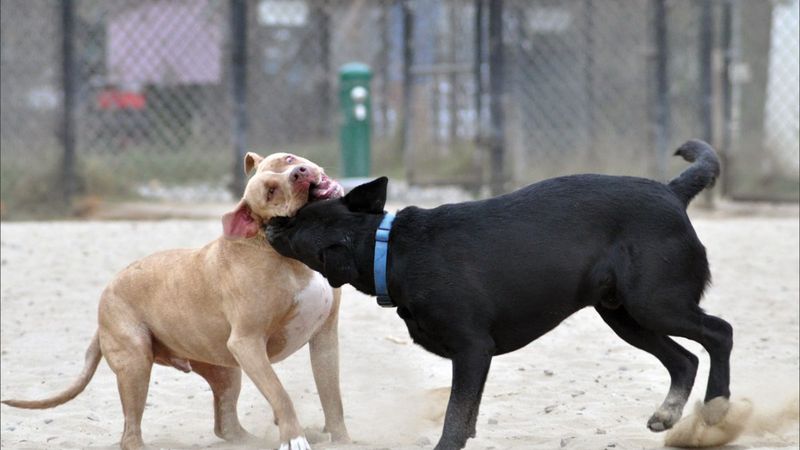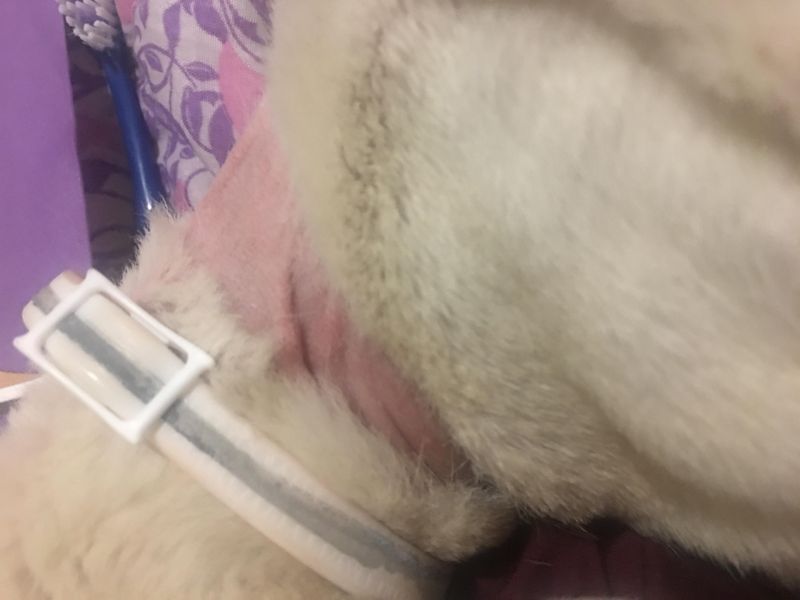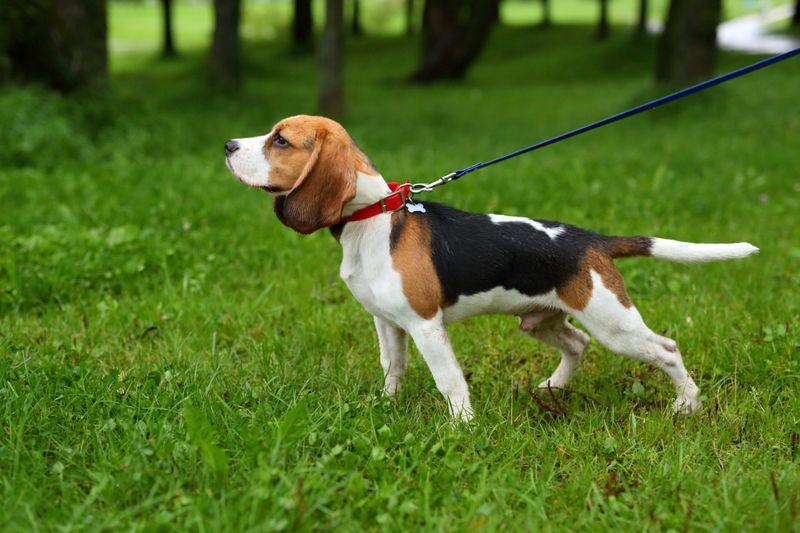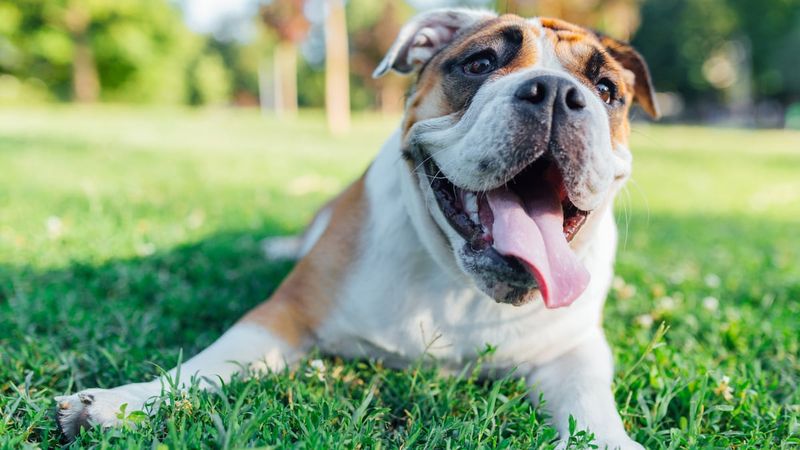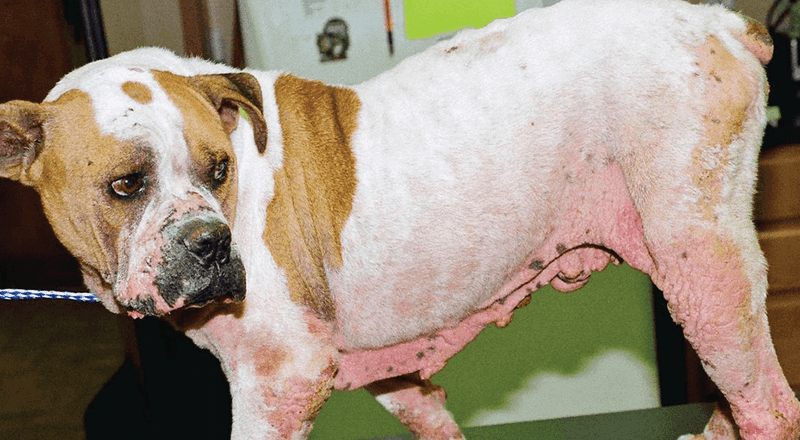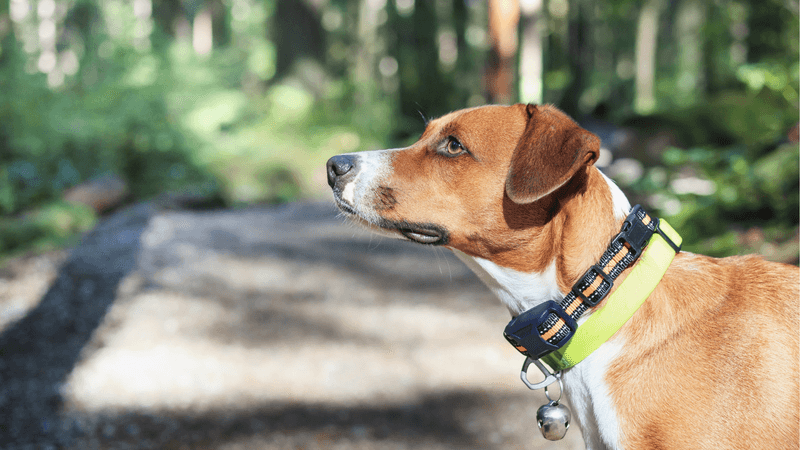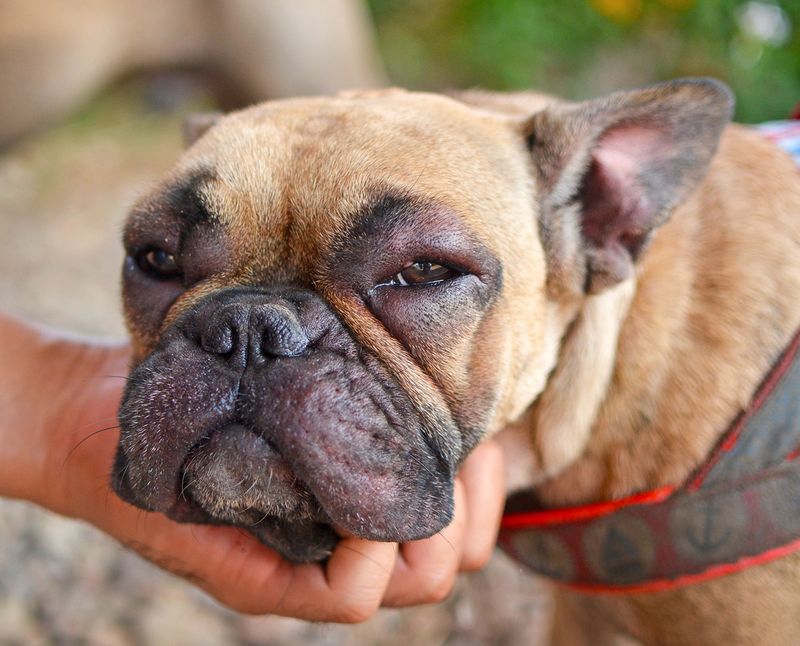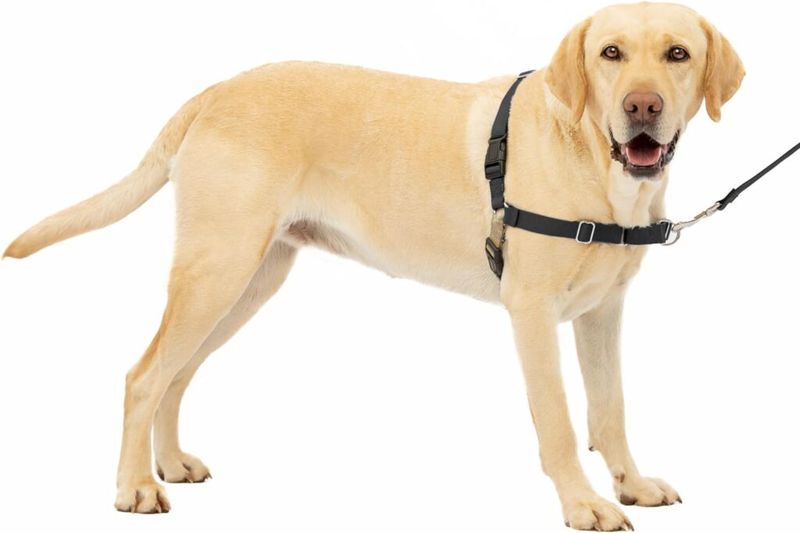Dog collars are a staple accessory for most pet owners, serving both functional and aesthetic purposes. However, despite their widespread use, there are several hidden dangers associated with dog collars that many owners may not be aware of. This post explores ten surprising risks of dog collars, offering insights into how they can affect your furry friend’s well-being. Whether it’s a simple walk around the block or a more extensive outdoor adventure, understanding these potential hazards can help you make informed decisions and keep your beloved pet safe and comfortable. Here are the risks you need to know.
Choking Hazard
The typical dog collar, while seemingly benign, can pose a grave choking hazard. Imagine a playful pup chasing a squirrel, only for its collar to snag on a branch. Suddenly, a fun chase turns perilous. In multi-dog homes, collars can get entangled during play, creating a strangulation risk. Opting for breakaway collars might mitigate dangers. Furthermore, unsupervised dogs should remain collar-free when indoors. Awareness and precaution are key. Reassessing how and when to use a collar can prevent potentially fatal accidents.
Skin Irritation
Collars that fit too snugly or are worn constantly can lead to skin irritation. Picture a dog scratching feverishly at its neck, seeking relief from relentless itchiness. Over time, this can result in hair loss and painful sores. A well-fitting collar—allowing two fingers beneath—can prevent this. Regularly checking for signs of discomfort and rotating collar types are beneficial practices. Consider hypoallergenic materials for sensitive skin. These simple steps ensure comfort and health for your canine companion.
Injury During Play
For energetic dogs, collars can inadvertently become a source of injury during play. Imagine a dog sprinting through lush greenery, only to be abruptly halted by its collar catching on an unseen obstacle. Such incidents can lead to neck injuries or worse. Harnesses are a safer alternative in these environments. They distribute force more evenly, safeguarding the dog’s neck. Moreover, supervision during play is crucial. Always ensure play areas are free of potential snags. These measures help maintain playful spirits without compromising safety.
Difficulty Breathing
Tightly fitted collars can hinder a dog’s breathing. Envision a dog, its collar pressed firmly against its throat, struggling to pant on a warm day. Such scenarios can escalate quickly, especially in brachycephalic breeds. Ensuring collars are suitably loose, particularly in hot weather, is vital. Adjustable collars offer flexibility for growing dogs. For walks, consider switching to a harness. A simple adjustment in pet accessories can prevent undue stress and promote wellbeing. Prioritizing breathability is pivotal for active and content dogs.
Infection Risk
Continuous collar wear can create an environment ripe for infections. Picture a dog, its collar soaked after a swim, left on to dry against its skin. Moist, warm conditions foster bacterial growth, leading to infections. Regular cleaning and drying of collars are essential. Removal during baths and swims prevents such issues. Opt for waterproof or quick-drying materials to reduce risks. These prevention strategies ensure a cleaner, safer collar experience for your pet.
Behavioral Issues
Collars, while essential, can sometimes exacerbate behavioral issues. Consider a nervous dog, its collar adding to its feeling of restraint and control. This can heighten anxiety, leading to behavioral outbursts. Identifying the root cause of such behaviors is crucial. Gentle training methods and positive reinforcement, alongside comfortable collars, can foster calmness. Observing your pet’s reaction to different collars and situations aids in understanding its needs. Emphasizing comfort and freedom reduces anxiety, promoting a happier pet.
Trachea Damage
Repeated pressure from collars, especially during pulling, can damage a dog’s trachea. Envision an elderly dog, its breathing labored after years of collar strain. Such injuries can be severe, requiring medical attention. Switching to a harness minimizes tracheal pressure. It’s a more humane option, particularly for dogs prone to pulling. Regular vet check-ups help identify early signs of damage. Proactive measures ensure the long-term health of your furry friend.
Collar Allergies
Allergic reactions to collar materials can occur, leaving dogs uncomfortable. Think of a dog incessantly trying to scratch beneath its collar, seeking relief from a rash. Identifying hypoallergenic materials or alternative designs can alleviate discomfort. Regularly checking for allergic reactions ensures timely intervention. Pet owners must be vigilant, understanding their pet’s specific needs and sensitivities. A simple material change can make a significant difference in your dog’s quality of life.
Escape Risks
Ill-fitting collars can turn even the most obedient dog into an escape artist. Picture a dog, excited by a passing cat, slipping its collar with surprising ease. Adjustable collars, tailored to your dog’s size, can prevent such escapes. Microchipping adds an extra layer of security, should your pet wander off. Understanding the fit and function of your dog’s collar is paramount in preventing heart-stopping escapes.
Limited Range of Motion
Rigid collars can restrict a dog’s natural range of motion. Visualize a dog, eager to explore its surroundings, hindered by a stiff collar. This restriction can cause frustration and impede muscle development. Choosing flexible collars that allow natural movement is essential. Observing your dog’s reaction to different collar types helps in selecting the best option. Ensuring freedom of movement keeps your dog happy and engaged in its environment.

